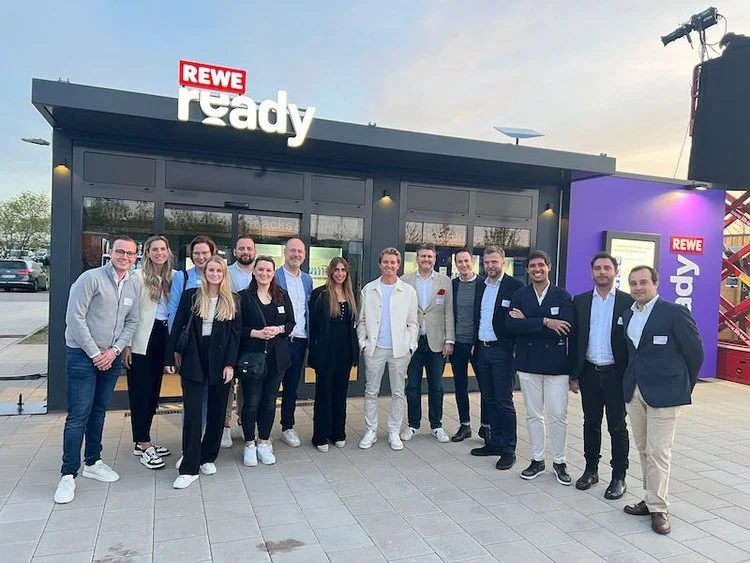Grocery retailers need Monte Carlo simulation in their lives amid coronavirus outbreak
Grocery retailers have failed during the coronavirus outbreak. They should have turned to Monte Carlo simulation to predict the panic buying and empty shelves that are currently making headlines.
That’s the view of Brittain Ladd, a supply chain consultant who has also worked at Amazon, Deloitte and Capgemini.
“Prior to the coronavirus, the world has experienced SARS, MRSA, flu and natural disasters from tsunamis to earthquakes. In every case, established consumer behaviour changed significantly including panic buying and hoarding,” Ladd said in a LInkedIn post.
“Before the coronavirus appeared in the US, it had spread from China to other countries and again, consumer behaviour changed significantly to include panic buying and hoarding. How is it possible that Walmart, Kroger, Albertsons and especially Amazon, all failed to predict what is occurring today regarding panic buying?” he added.
Everything that we are witnessing today could and should have been foreseen by these and various other retailers, Ladd believes. Which is where Monte Carlo simulation comes in.
“The coronavirus has proved that grocery retailers must apply the science of supply chain management more rigorously, especially advanced statistical and stochastic modelling. Monte Carlo simulation would have predicted the panic buying and empty shelves,” Ladd concluded.
What grocery retailers should have done differently
1. Run Monte Carlos simulation to identify the primary areas of risk within their retail ecosystems. Data from past outbreaks and natural disasters could have been leveraged.
2. Err on the side of caution to immediately lease as many dry vans and refrigerated trailers as possible. Collaborate with suppliers to max out all available capacity and increase capacity where possible with a focus on consumable products, toilet paper, over the counter medicines and cleaning supplies.
3. Expand the supplier base to purchase additional products.
4. Pre-position the trailers in the parking lots of their stores and near their stores. Lease additional warehouse space.
5. Implement a plan of fast replenishment and minimise focus on all things but essential items.
6. Increase investment in last mile delivery and establish a separate supply chain protocol to meet increased demand.










Continue reading…